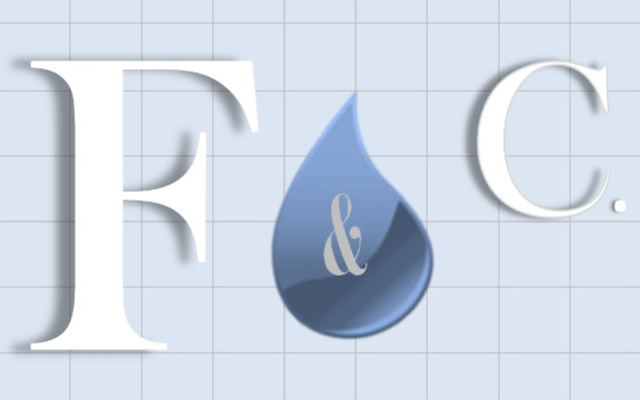The Immerse Boundary technique in CFD analysis shows impressive results on the challenging complex model of communication tower.
The Challenge
The objective was to perform a CFD analysis for determining forces and moments caused by the wind on a communication tower.
It means plenty of objects with scales ranging from few millimeters to a couple of meters
Firstly you do not want to spend hours and days cleaning and meshing.
Secondly you do not want to use extra large grids in order to get preliminary results.
The solution is to use Immersed Boundary technique.
The Immersed Boundary technique
There is a certain degree of misunderstanding about the Immersed Boundary technique.
IB is basically a standard CFD technique which differs only in the way it treats the solid wall Bondary Conditions in Cartesian and non-conformal grids. Cells near the bodies are kept entire, not cut or merged. Grid and body are two different entities, and you need no effort to make them one. The body shape is just reconstructed by its grid intersections.
Our partner believes their IB development fixes a few conceptual mistakes that they found in the scientific papers. Moreover, it has the capability to treat sub-grid objects, whose shape cannot be exactly reconstructed by a too coarse grid spacing.
Complex geometries with plenty of too small scales are the rule and not the exception in real life Engineering, and engineers need to get trusty results in short times without spending time in cleaning and modifying the geometrical model.
Impressive results
The below video shows the strengths of the IB technique.
The vento team did a test case with a complex CAD model (from GrabCAD): a communication tower with antennas, truss tower and guy cables.
The showcase presents the results obtained on 3 grids, from a bit more than 2M cells to more than 30M.
For more information, contact us.
